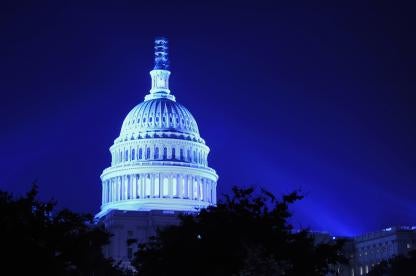Congress passed the PPP Flexibility Act last night, and it is expected that the President will sign it in the next few days. The bill has key significant changes to the forgiveness portion of the PPP.
-
Maturity Period. The minimum maturity is 5 years, instead of 2 years. This applies only to loans made after the bill is signed into law.
-
Covered Period. The bill changes the “covered period” from the 8 week period beginning on disbursement of the loan to the earlier of (i) the 24 weeks after the origination of the loan or (ii) December 31, 2020. However, the bill allows borrowers who have already received their loans to maintain the original 8 week period if they so choose. While a borrower cannot recalculate the amount it is entitled to borrow, this lengthens the time that it has to spend the amount borrowed and still receive forgiveness. It is unclear whether you can change your covered period if you have already filed for forgiveness.
-
Employee Rehiring Date. The bill changes the date by which employees that were laid off from February 15 – April 26, 2020 must be rehired by in order to achieve maximum forgiveness from June 30 to December 31, 2020. This allows companies significant more time to ramp up their business.
-
Exemption Based on Employee Availability. Under the new changes, loan forgiveness will not be impacted by a reduction in FTEs in the following circumstances:
-
The borrower can document (i) an inability to rehire individuals who were employees of the borrower on February 15, 2020, and (ii) an inability to hire qualified employees for unfilled positions on or before December 31, 2020, or
-
The borrower can document an inability to return to the same level of business activity as it was operating at prior to February 15, 2020, due to compliance with requirements established or guidance issued by the Secretary of Health and Human Services, the Director of the Centers for Disease Control and Prevention, or the Occupational Safety and Health Administration during the period beginning on March 1, 2020, and ending December 31, 2020, related to the maintenance of standards for sanitation, social distancing, or any other worker or customer safety requirement related to COVID–19.
-
Payroll to Nonpayroll Cost Ratio. To receive loan forgiveness, borrowers must use at least 60% of the loan amount for payroll and 40% for nonpayroll. The prior ratio had been 75% for payroll and 25% for non-payroll. It is unclear if you can take advantage of this change if you have already filed for forgiveness. This new ratio applies over the new extended period.
-
-
Extended Deferral Period. Payment of principal, interest and fees are deferred until forgiveness is remitted to the lender, only if the borrower applies for forgiveness within 10 months after the last day of the covered period.
-
Employer Payroll Taxes. The subsection of the CARES Act that prevents a taxpayer from delaying employer payroll taxes if the taxpayer has indebtedness forgiven under the PPP was stricken. This means that PPP borrowers can take advantage of delayed employer payroll taxes even if they are seeking forgiveness.
See the full bill text HERE.





 i
i


